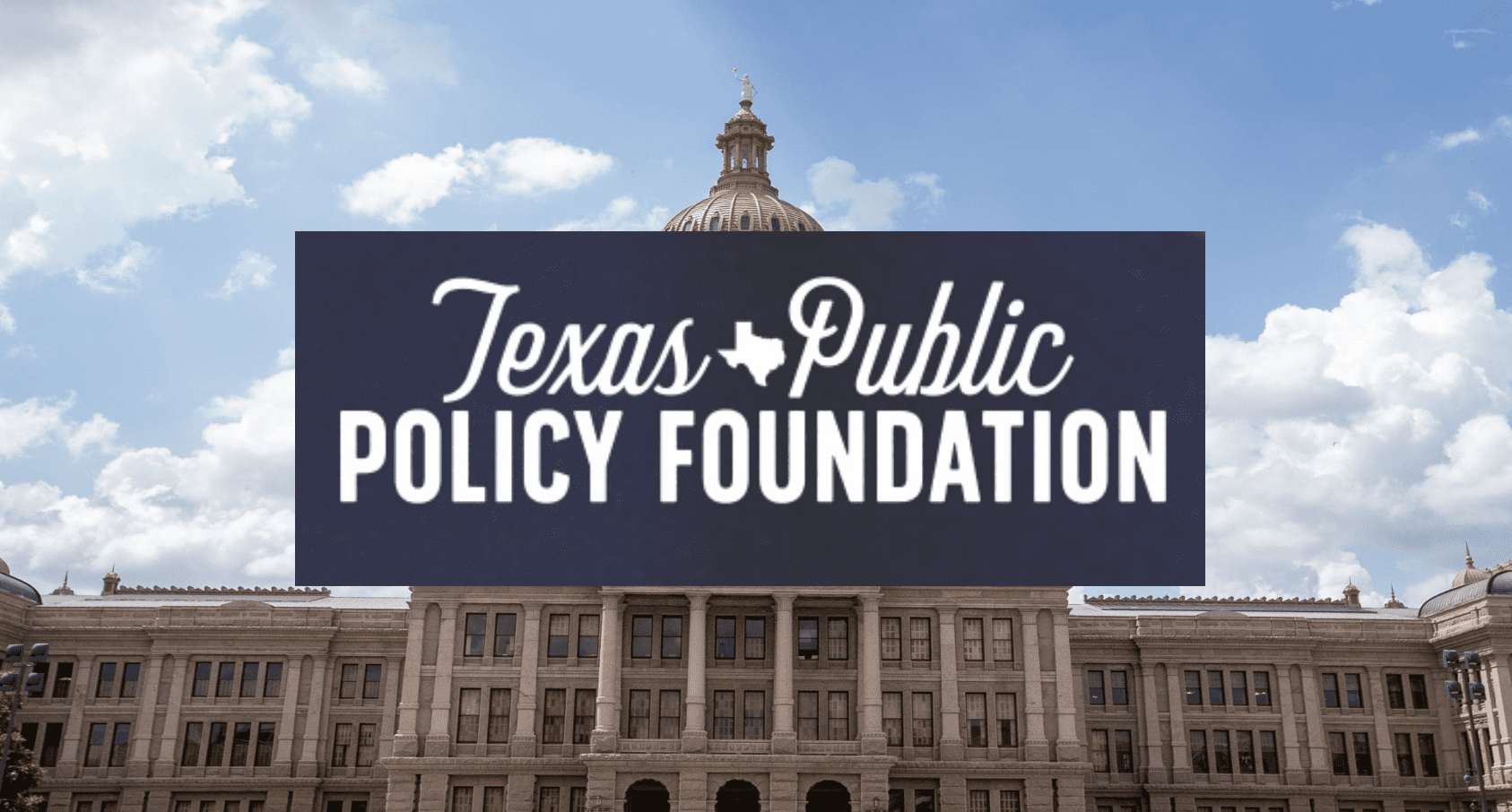Analysts at the Texas Public Policy Foundation (TPPF) have compared Texas spending limit methods over recent biennia and found that application of the population-plus-inflation metric to each budget since 2006 results in a trend of relatively constant spending limits.
The Legislative Budget Board’s recommendation, released this past December, was based on projected personal income growth. Personal income growth, which the LBB has used consistently in recent biennia, is a potentially volatile metric grounded in speculation on the future.
By contrast, population-plus-inflation is based on the more gradual trends in population and inflation from year to year, providing a more conservative budget estimate. This metric is more conservative because it locks governmental growth at a slower rate than that of economic increase.
The governor’s office has used this metric, recommending a spending cap of 8.52% for the 2016-17 biennium. This is lower than LBB’s personal income-based recommendation of 10.82%.
The governor’s recommendation is still a little higher than that offered by TPPF. TPPF recommends using one of three metrics (population plus inflation, gross state product, or personal income) for each biennium, depending on which would create the most conservative spending cap.
Nevertheless, the governor’s recommendation is a fiscally responsible step in the right direction. The population-plus-inflation metric is best for the economy and should be pursued as a prudent means of reducing government spending, preparing for the future, and encouraging Texas’ economic growth.




